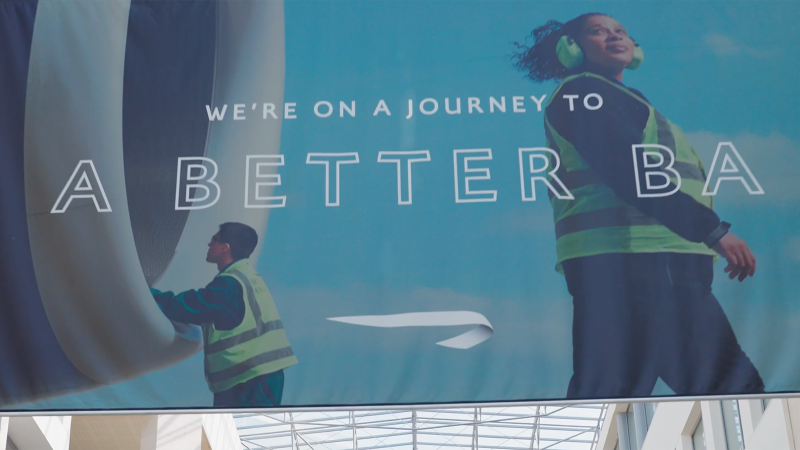This eruption is all usually spewed forth without the context of the original brief, the client’s input, what the goal was or any other of the countless factors that influence the outcome of a design.
One of the most extreme examples of this was the reaction to the London 2012 Olympic Games identity. It generated a reaction so strong it became a heated discussion far outside of the design industry. People felt so violently opposed to it that a petition to redesign it was quickly set up and gathered tens of thousands of signatures (this was before petitioning everything became a default reaction).
A raft of proposed alternatives surfaced, all pretty appalling, but most importantly, they almost all missed a key objective; create an identity that could be owned by the nation, not just London.
Every depiction of the London Eye, Houses of Parliament or Thames woven into the Olympic Rings missed the point — Britain is tiny, it needed everyone to support the Olympics; not just the capital.
The logo’s form was so wildly unconventional and dynamic that it could be filled with images, patterns and colours in almost any combination and remain just as recognisable.
The shape assisted widespread ownership by sponsors and suppliers up and down the country; they could create their own unique version of it — despite possibly disliking it, they still wanted the prestige of being a supplier or partner to the Olympics.
It was edgy, unexpected and risky — it could appeal to a young audience which was critical
Instead of the usual soft shapes and pleasant but forgettable colours, the identity was all diagonal lines, sharp corners and an eye-popping palette. It was edgy, unexpected and risky — it could appeal to a young audience which was critical as increasing youth participation in sport was a huge part of the intended legacy of the games and its infrastructure.
Overall the approach taken to create the identity and the final result was something befitting of a nation responsible for producing some of the world’s greatest creative and maverick minds.
The London 2012 logo is also likely to be the only Olympic logo you can recall without seeing it, which is an incredibly hard thing to achieve.
If more design work is approached in this way and more risks are taken, perhaps more brands would avoid one of the worst but most common of all design outcomes — nice, but forgettable.
Photo by Simon Connellan on Unsplash







